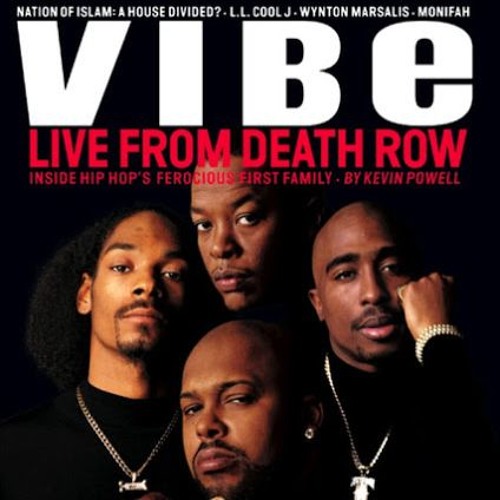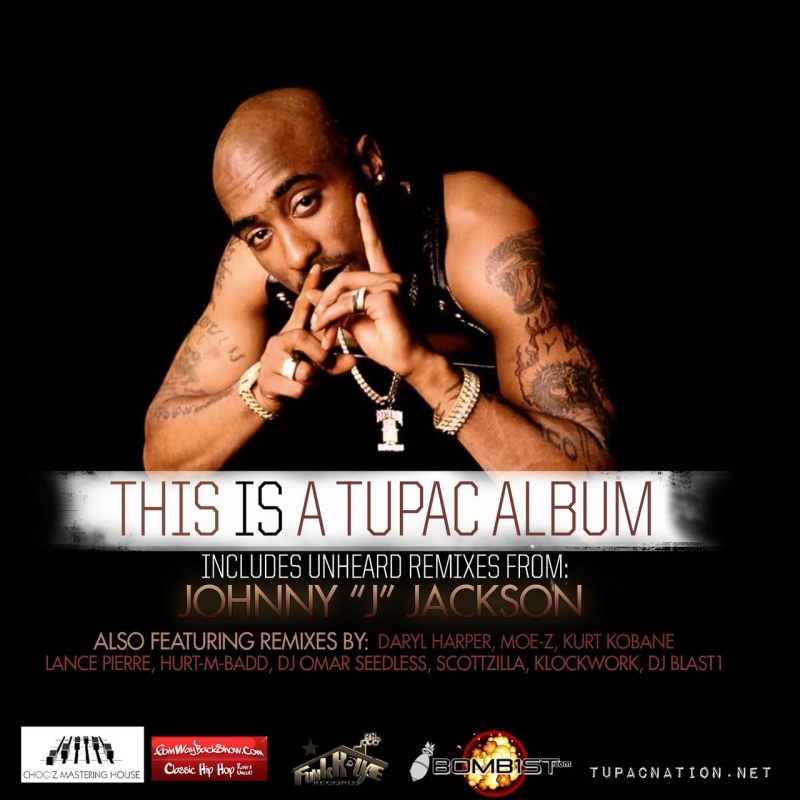

Pac even paid for all his own clothing, and never accepted anything for free. The only request Tupac had was that “thug life” be featured in the ad.
#Changes tupac which album for free#
Tupac did the entire campaign for free because he wanted to support the black business. Kani told how Tupac did a photoshoot for Karl Kani clothing.

One of the potentially good stories was by fashion designer Karl Kani. But because they were broken into multiple pieces throughout the book, it was hard to really appreciate that individual’s narrative. They weren’t even good stories at that! Ok, maybe one or two had the potential to be good. It felt like a bunch of people got together and wrote random thoughts about their experiences with Tupac. Throughout the book I experienced a mixture of boredom and frustration. This unorthodox writing style made for a very unconnected read. While the idea of writing a book with multiple perspectives interchanging on each page may sound good in theory, it failed horribly in execution. Each page contains thoughts from multiple people as they share stories from particular moments in Pac’s life. Unfortunately, I foundīy Sheldon Pearce minimally satisfying at best.Īlthough the book is written in chronological order, the content within each chapter is disjointed and patchy. Therefore, almost any book written about him is a must read for me. This remarkable book illustrates not only how he changed during his brief twenty-five years on this planet, but how he forever changed the world. Meticulously woven together by Pearce, their voices combine to portray Tupac in all his complexity and contradiction. Among these are the actor who costarred with him in a Harlem production of A Raisin in the Sun when he was twelve years old, the high school drama teacher who recognized and nurtured his talent, the music industry veteran who helped him develop a nonprofit devoted to helping young artists, the Death Row Records executive who has never before spoken on the record, and dozens of others. While there are plenty of bold-faced names, the book focuses on the individuals who are lesser known and offer fresh stories and rare insight. Pearce, an editor and writer at The New Yorker, interviews dozens who knew Tupac throughout various phases of his life. In Changes, published to coincide with the fiftieth anniversary of Tupac’s birth and twenty-fifth anniversary of his death, Sheldon Pearce offers one of the most thoughtful and comprehensive accounts yet of the artist’s life and legacy.

The song became so popular, in fact, it was vaulted back onto the iTunes charts more than twenty years after its release-making it clear that Tupac’s music and the way it addresses systemic racism, police brutality, mass incarceration, income inequality, and a failing education system is just as important now as it was back then. In the summer of 2020, Tupac Shakur’s single “Changes” became an anthem for the worldwide protests against the murder of George Floyd. A New Yorker writer’s intimate, revealing account of Tupac Shakur’s life and legacy, timed to the fiftieth anniversary of his birth and twenty-fifth anniversary of his death.


 0 kommentar(er)
0 kommentar(er)
